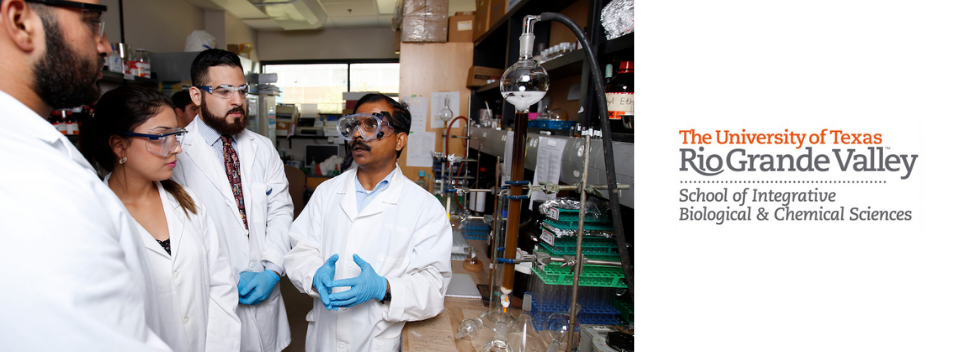
School of Integrative Biological & Chemical Sciences Faculty Publications and Presentations
Document Type
Article
Publication Date
2-8-2024
Abstract
ABSTRACT: A significant increase of hospital-acquired bacterial infections during the COVID-19 pandemic has become an urgent medical problem. Clostridioides difficile is an urgent antibiotic-resistant bacterial pathogen and a leading causative agent of nosocomial infections. The increasing recurrence of C. difficile infection and antibiotic resistance in C. difficile has led to an unmet need for the discovery of new compounds distinctly different from present antimicrobials, while antimicrobial peptides as promising alternatives to conventional antibiotics have attracted growing interest recently. Protein synthesis is an essential metabolic process in all bacteria and a validated antibiotic target. Initiation factor 1 from C. difficile (Cd-IF1) is the smallest of the three initiation factors that acts to establish the 30S initiation complex to initiate translation during protein biosynthesis. Here, we report the solution nuclear magnetic resonance (NMR) structure of Cd-IF1 which adopts a typical β-barrel fold and consists of a five-stran-ded β-sheet and one short α-helix arranged in the sequential order β1-β2-β3-α1-β4-β5. The interaction of Cd-IF1 with the 30S ribosomal subunit was studied by NMR titration for the construction of a structural model of Cd-IF1 binding with the 30S subunit. The short α-helix in IF1 was found to be critical for IF1 ribosomal binding. A peptide derived from this α-helix was tested and displayed a high ability to inhibit the growth of C. difficile and other bacterial strains. These results provide a clue for the rational design of new antimicrobials.
IMPORTANCE: Bacterial infections continue to represent a major worldwide health hazard due to the emergence of drug-resistant strains. Clostridioides difficile is a common nosocomial pathogen and the causative agent in many infections resulting in an increase in morbidity and mortality. Bacterial protein synthesis is an essential metabolic process and an important target for antibiotic development; however, the precise structural mechanism underlying the process in C. difficile remains unknown. This study reports the solution structure of C. difficile translation initiation factor 1 (IF1) and its interaction with the 30S ribosomal subunit. A short α-helix in IF1 structure was identified as critically important for ribosomal binding and function in regulating the translation initiation, which allowed a rational design of a new peptide. The peptide demonstrated a high ability to inhibit bacterial growth with broad-spectrum antibacterial activity. This study provides a new clue for the rational design of new antimicrobials against bacterial infections.
Recommended Citation
Alanis, Elvira, Faith Aguilar, Niaz Banaei, Frank B. Dean, Alexa Villarreal, Miguel Alanis, Karen Lozano, James M. Bullard, and Yonghong Zhang. "A rationally designed antimicrobial peptide from structural and functional insights of Clostridioides difficile translation initiation factor 1." Microbiology Spectrum 12, no. 3 (2024): e02773-23. https://doi.org/10.1128/spectrum.02773-23
Creative Commons License

This work is licensed under a Creative Commons Attribution 4.0 International License.
Publication Title
Microbiology Spectrum
DOI
10.1128/spectrum.02773-23


Comments
Copyright © 2024 Alanis et al. This is an open-access article distributed under the terms of the Creative Commons Attribution 4.0 International license.